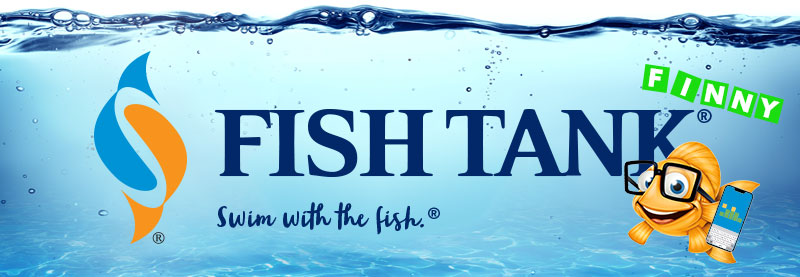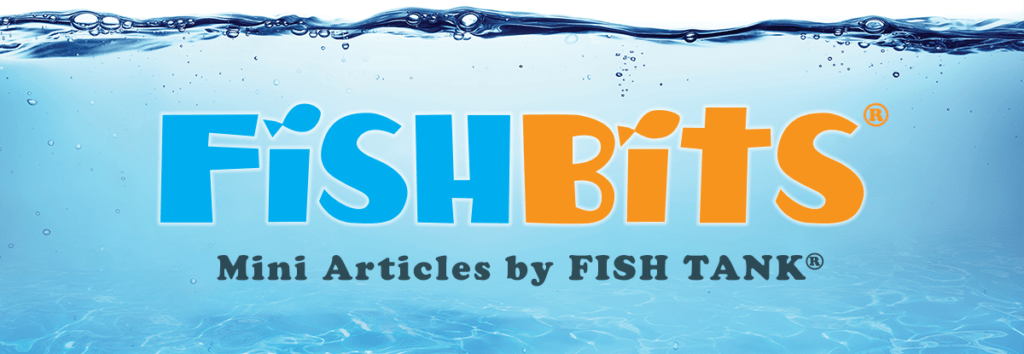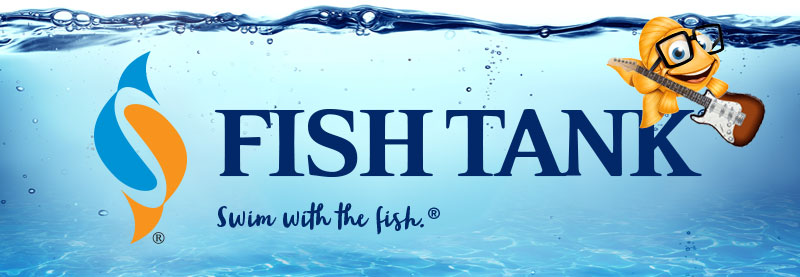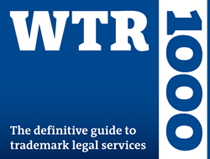Intellectual Property Insights from Fishman Stewart PLLC
Newsletter – Volume 22, Issue 9
Share on Social
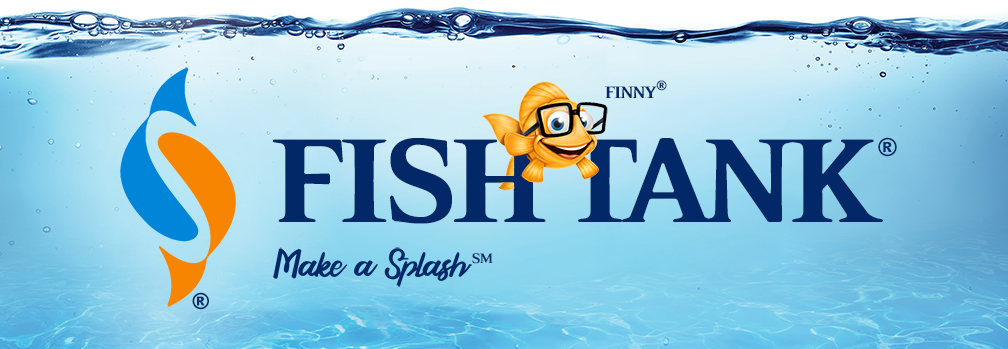
Cannabis Trademarks: Counterculture or Counterfeit?
By Zachary P. Grant
Lately, numerous household brands have received a bit of a spin. For example, you might have seen cannabis-infused Skittles® candy, Potify software, Tapatio® THC wax, Gorilla Glue® marijuana flower, UPS® cannabis delivery, or Jimmy Buffett’s Marijuanaville. But, so far, none of these brands are actually jumping headfirst into the cannabis industry. These are examples of cannabis businesses that attempted to leverage the goodwill of iconic brands to give their fledgling start-ups a boost.
Trademark infringement is prevalent in all industries, but some of the examples coming from the cannabis sector seem particularly salient, and with the advent of state cannabis legalization, trademark infringement lawsuits are on the rise. Cannabis brand owners have a long history of using clever names, puns, and parodies to make their taboo products more approachable. But this history of counterculture branding has raised issues of trademark infringement and counterfeiting for several cannabis business owners.
Many cannabis brands are created by entrepreneurs who are not seeking to poke the sleeping bear of established trademark owners. Rather, those entrepreneurs erroneously believe that merely creating a clever twist on an existing product name in a new market creates sufficient distinction between the brands to insulate them from liability. While there is precedent for such an argument, trademark fair-use and similar defenses around that kind of artistic expression are extremely complex and require strong evidence that there is no likelihood of confusion between brands.
A primary tenet of trademark law is to create clarity in the marketplace and bolster consumer confidence in product authenticity. When cannabis businesses adopt branding that uses the name and iconography of established trademarks there is a risk of consumer confusion. Moreover, these cannabis companies also neglect to consider that even trade dress – the colors and typography used in association with trademarks – can also be a basis for confusion. Branding that creates uncertainty or confusion in a product’s origin is damaging to the original brand owner and poses a danger to consumers who might inadvertently imbibe a psychoactive substance.
Thus, brand owners need to watch out for naïve and malicious actors that may be growing something in their back yard. Likewise, cannabis entrepreneurs must be careful to steer clear of using trademarks and packaging that might create consumer confusion. Finally, consumers should regularly inspect product labels to verify authenticity, and report potential instances of fraud to the FTC.
The rapid growth and associated growing pains of the cannabis industry is fascinating to observe, but trademark infringement in this sector is an excellent reminder that trademark law keeps consumers safe and businesses thriving.
For more information trademark strategies for cannabis brand owners, see our white paper on the subject.
Published April 28, 2022

Maxwell Goss Presents on Intellectual Property and the First Amendment
Related Content from Fishman Stewart
Car enthusiasts are buzzing about Alfa Romeo's latest SUV which is also its first EV (plus a hybrid option). Initially branded as “Milano,” the name was changed to "Junior" after it was announced that the car would be produced in Poland.
The online word game Wordle was created in 2021 by Josh Wardle and quickly rose in popularity. Players receive a new puzzle daily with six chances to correctly guess a five-letter word of the day with limited clues.
In a recent decision, the U.S. Court of Appeal for the Eighth Circuit affirmed a jury verdict holding that the use of the "Success Kid" meme by a congressman's reelection campaign for fundraising purposes did not qualify as fair use.
In February 2024, proposed legislation was introduced in US House of Representatives which would extend copyright protection to golf courses. The bill is titled “Bolstering Intellectual Rights against Digital Infringement Enhancement Act” or the “BIRDIE Act”.
OpenAI recently held a live demonstration of a new ChatGPT version that included the use of an AI personal assistant voice dubbed “Sky.” Many observers compared Sky to Scarlett Johansson’s voice in the 2013 Spike Jonze romantic sci-fi film “Her,” which centers on a man who falls in love with the female voice of his computer’s operating system.
June is Pride Month, which honors the 1969 Stonewall Uprising in Manhattan and recognizes the impact that lesbian, gay, bisexual, and transgender (LGBTQ+) individuals have had on history locally, nationally, and internationally. The United States Patent and Trademark Office flies the Pride Flag and promotes the Pride community’s contributions with programming offered annually.
First-time inventions have led inventors to great successes throughout history, sometimes immediately, sometimes after several more attempts at more useful inventions. In the U.S., two very famous inventors with contrasting first-time experiences are Thomas Edison and Alexander Graham Bell.
June is Pride Month. This year we are celebrating with some IP tips for drag performers! Drag performers can protect their intellectual property by registering the copyrights in their original works of music, choreography, and comedy sketches.
Bands often start out as creative endeavors among friends, and bands may not prove lucrative for many years, if at all. Until bands break up, thought and planning may not be given to who is the owner of the band names and entitled to use them going forward.
You’re rarely more than a few yards from Finny’s favorite chips, semiconductor chips to be precise. But what exactly is a semiconductor chip?
IDENTIFYING, SECURING AND ADVANCING CREATIVITY®






